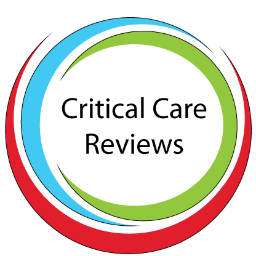|
The Article Here - Indian Journal of Anaesthesia
This study was undertaken to study efficacy of single dose of intravenous magnesium sulphate to reduce post-operative pain in patients undergoing inguinal surgery. One hundred patients undergoing inguinal surgery were divided randomly in two groups of 50 each. The patients of magnesium sulphate group (Group-I) received magnesium sulphate 50 mg/kg in 250 ml of isotonic sodium chloride solution IV whereas patients in control group (Group-II) received same volume of isotonic sodium chloride over 30 minutes preoperatively. Anaesthesia was induced with propofol (2 mg/kg) and pethidine (1 mg/kg). Atracurium besylate (0.5 mg/kg) was given to facilitate insertion of LMA. Pain at emergence from anaesthesia and 2, 4, 6, 12 and 24 hours after surgery was evaluated. The timing and dosage of rescue analgesic during first 24 hrs after operation was noted. Pain in postop period was significantly lower in magnesium sulphate group in comparison to control group at emergence from anaesthesia and 2, 4, 6, 12 and 24 hrs postop [1.86 vs. 1.96 (P=0.138), 1.22 vs. 1.82 (P=0.001), 1.32 vs. 1.88 (P=0.000), 2.74 vs. 3.84 (P=0.000), 1.36 vs. 2.00 (P=0.000) and 0.78 vs 1.30 (P=0.000), respectively]. Patients in group-I were more sedated as compared to group-II [sedation score 1.86 vs. 1.40 (P=0.000)]. Rescue analgesia requirement postoperatively in first 4, 8 and 16 hrs was significantly lower in patients of group-1 than in group- II [1.9 vs. 3.8 (P<0.05), 25.50 vs. 52.50 (P<0.05) and 0.000 vs. 7.5 (P<0.05)]. Preoperative magnesium sulphate infusion decreases postop pain and requirement of rescue analgesia. Administration of intravenous magnesium sulphate 50 mg/kg preoperatively significantly reduces postoperative pain in patients undergoing inguinal surgery. This finding complements the known use of magnesium in anaesthesia as an antiarrhythmic or anticonvulsant drug. In this limited number of patients we did not find any evidence of adverse effect owing to magnesium sulphate. However, further studies should be done regarding different dosages of magnesium and comparison with established analgesic drugs and other routes of administration of magnesium sulphate such as (intrathecal, epidural and as adjuvant with local anaesthetic for regional nerve blocks). More studies should also be done to establish a dose-response relationship for potential antinociceptive effects of magnesium.
0 Comments
Leave a Reply. |
USE OF THIS WEBSITE IS SUBJECT TO AGREEING TO THIS DISCLAIMER
|

Free to access Propofology Infograms, eBooks and selected YouTube videos by Dr. David Lyness are licensed under a Creative Commons Attribution-NonCommercial-NoDerivatives 4.0 International License.
Please attribute all works: 'Based on a work by Dr. David Lyness' at www.propofology.com/resources.
|
Home
About Contact |
ALL SITE USERS SHOULD READ AND AGREE TO THE DISCLAIMER HERE.
Contact via Twitter |

 RSS Feed
RSS Feed